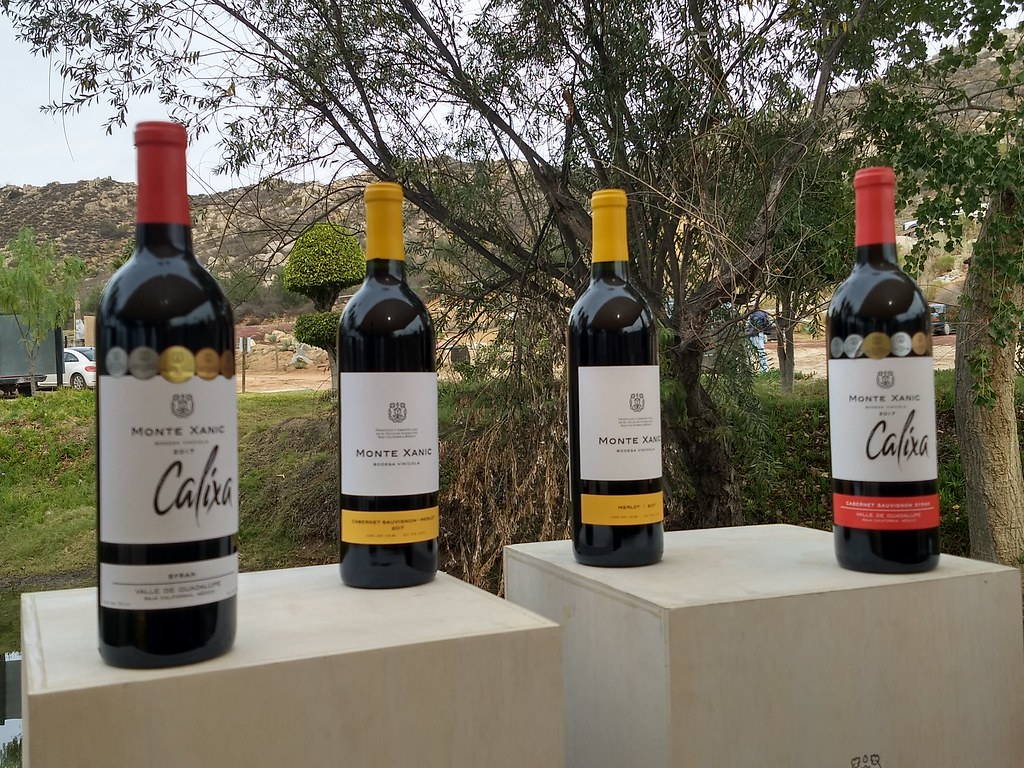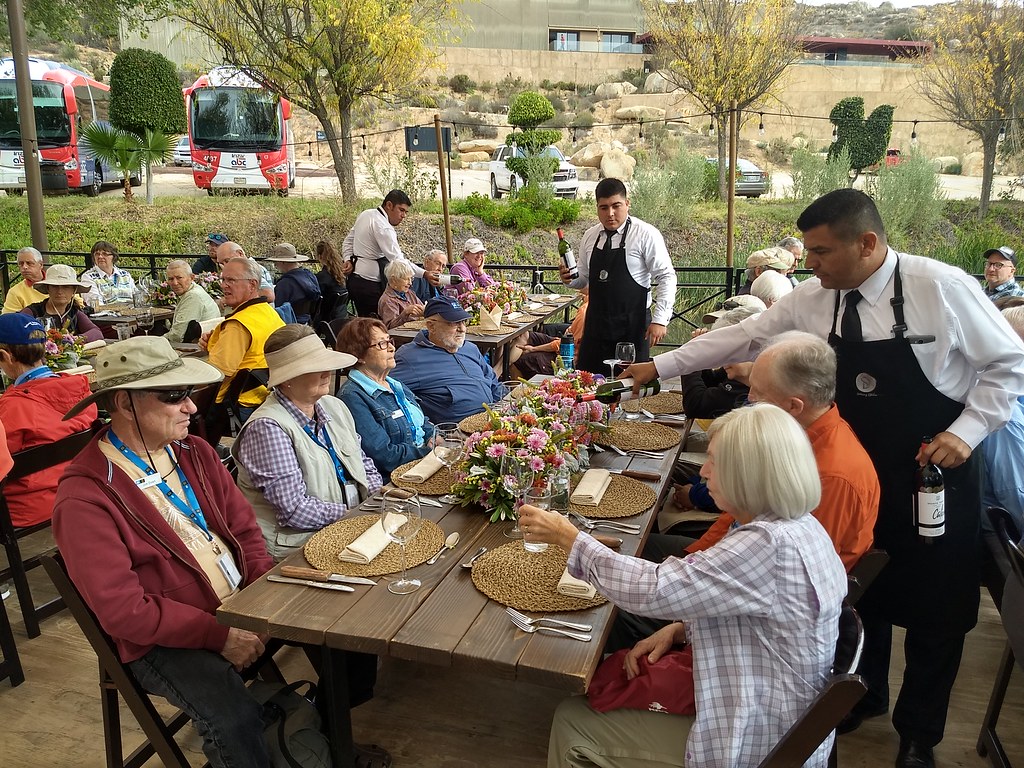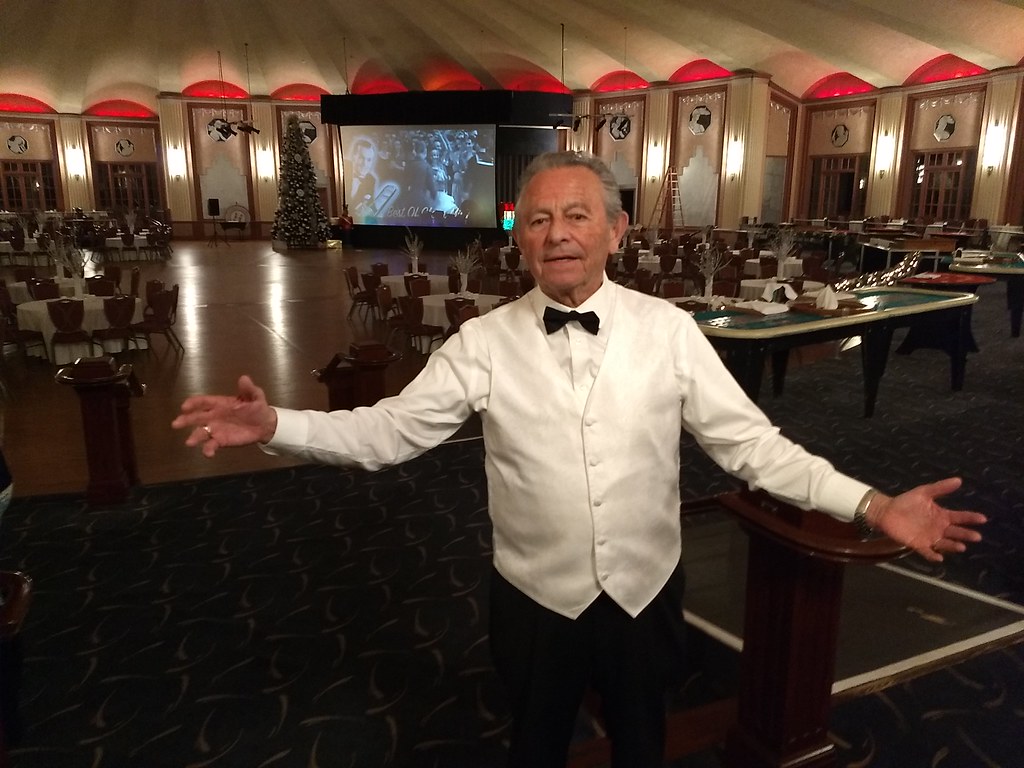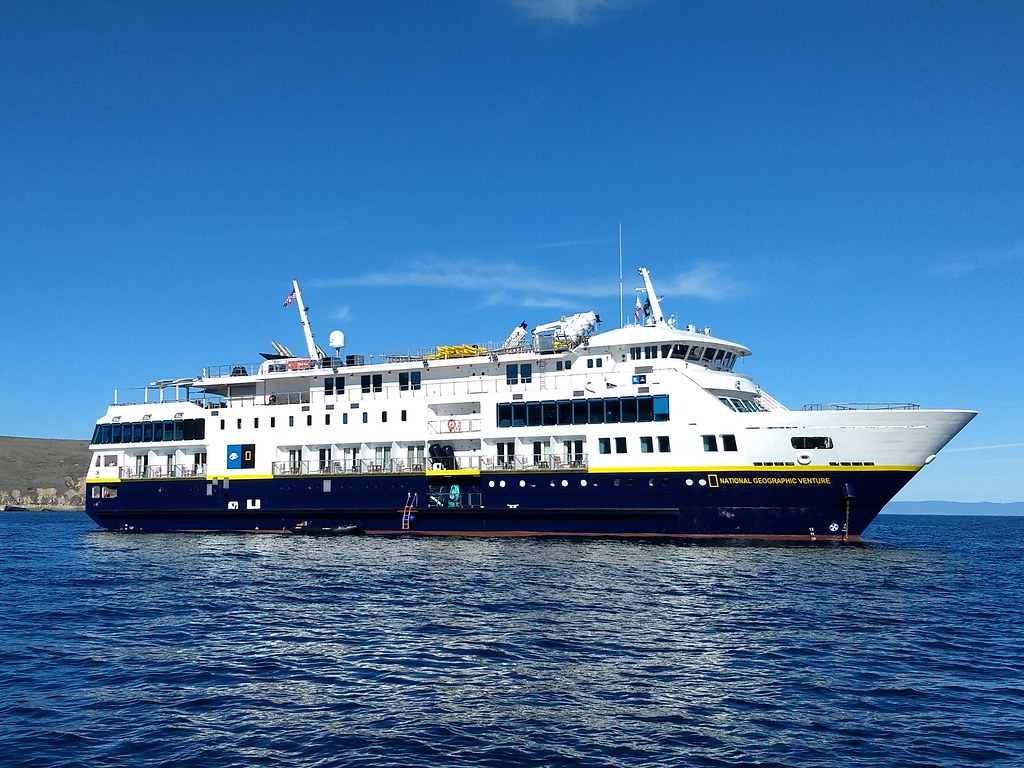#expeditioncruising .
Itinerary: From Southern California to Baja: Sailing the Pacific Coast
Back from the dead: The resurrection of Cabo Pulmo
With all the gloom and doom surrounding the state of our oceans, it's great to have a good news story occasionally and Cabo Pulmo is one.
This is the first real port-of-call for our Lindblad – National Geographic expedition with the Sea of Cortes, an area regularly visited by Lindblad since the '70s. Even within the vast Gulf of California, Cabo Pulmo has its own story to tell.
“Back in the '70s, Jacques Cousteau called the Sea of Cortes the 'aquarium of the world',” says National Geographic explorer and photographer, Dr Octavio Aburto during his talk aboard NG Venture, “but in all honesty that is not quite true any more.”
Despite being an abundant resource of fish for many years, by the 1990s Cabo Pulmo was exhausted, its fish stocks reduced to a few scattered individual medium sized fish. Locals and scientists including Aburto and his colleague Dr Enric Sala, were able to get Cabo Pulmo declared a Marine Protected Area (MPA) and in 1999 they began a detailed survey. Just ten years later, the results were astounding.
"The study's results are surprising in several ways," said Aburto. "A biomass increase of 463 per cent in a reserve as large as Cabo Pulmo (71 square kilometres) represents tons of new fish produced every year. No other marine reserve in the world has shown such a fish recovery."
Aburto's now famous photograph entitled 'David and Goliath' was taken after many years of visiting Cabo Pulmo and shows the giant shoal of jacks that divers from all over the world now come to see.
On our excursion from Venture, we snorkelled in the reserve, visiting a small sea lion colony and seeing first hand some of the fish recovery. Nothing as dramatic as Octavio's image or our own undersea specialists who went in search of the legendary bull sharks which inhabit the wreck of El Vencedor, a tuna boat sunk in the 1980s and now a key dive site for recreational divers.
Our fabulous journey concludes tomorrow in La Paz.
For more information on Lindblad Expeditions – National Geographic journeys, see www.expeditions.com
Itinerary: From Southern California to Baja: Sailing the Pacific Coast
Back from the dead: The resurrection of Cabo Pulmo
 |
| 'David and Goliath' Cabo Pulmo (Octavio Aburto) |
With all the gloom and doom surrounding the state of our oceans, it's great to have a good news story occasionally and Cabo Pulmo is one.
This is the first real port-of-call for our Lindblad – National Geographic expedition with the Sea of Cortes, an area regularly visited by Lindblad since the '70s. Even within the vast Gulf of California, Cabo Pulmo has its own story to tell.
“Back in the '70s, Jacques Cousteau called the Sea of Cortes the 'aquarium of the world',” says National Geographic explorer and photographer, Dr Octavio Aburto during his talk aboard NG Venture, “but in all honesty that is not quite true any more.”
Despite being an abundant resource of fish for many years, by the 1990s Cabo Pulmo was exhausted, its fish stocks reduced to a few scattered individual medium sized fish. Locals and scientists including Aburto and his colleague Dr Enric Sala, were able to get Cabo Pulmo declared a Marine Protected Area (MPA) and in 1999 they began a detailed survey. Just ten years later, the results were astounding.
"The study's results are surprising in several ways," said Aburto. "A biomass increase of 463 per cent in a reserve as large as Cabo Pulmo (71 square kilometres) represents tons of new fish produced every year. No other marine reserve in the world has shown such a fish recovery."
Aburto's now famous photograph entitled 'David and Goliath' was taken after many years of visiting Cabo Pulmo and shows the giant shoal of jacks that divers from all over the world now come to see.
 |
| Divers with bull sharks on the wreck of El Vencedor (source) |
On our excursion from Venture, we snorkelled in the reserve, visiting a small sea lion colony and seeing first hand some of the fish recovery. Nothing as dramatic as Octavio's image or our own undersea specialists who went in search of the legendary bull sharks which inhabit the wreck of El Vencedor, a tuna boat sunk in the 1980s and now a key dive site for recreational divers.
Our fabulous journey concludes tomorrow in La Paz.
For more information on Lindblad Expeditions – National Geographic journeys, see www.expeditions.com

























